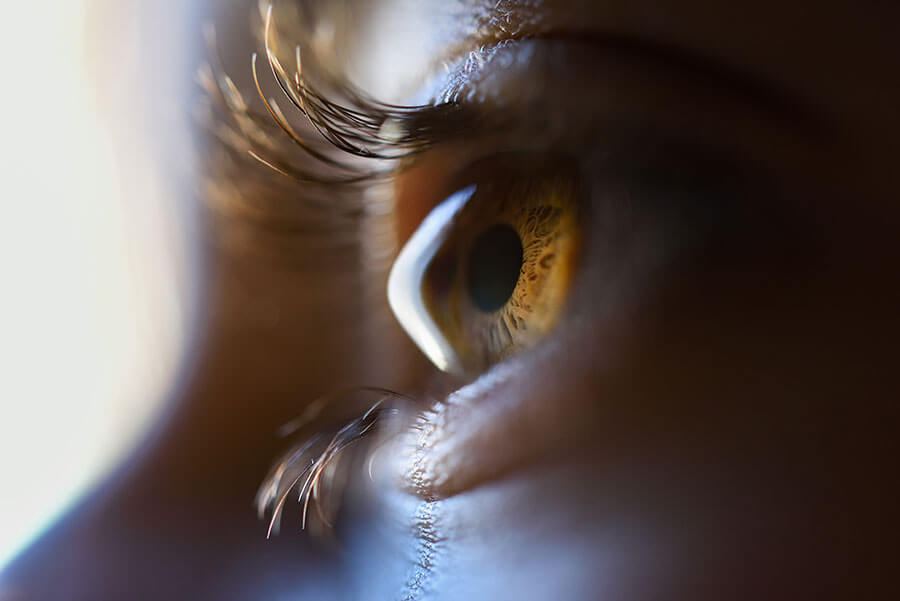Keratoconus is an eye disorder that causes the cornea to become thinner and more cone shaped. The cornea is the clear layer that covers the front of the eye and contributes greatly to how we see. This corneal disorder causes a lot of visual disturbances due to the progressive thinning and change in shape of the cornea.
If you’ve been diagnosed with keratoconus, there could be a lot of new information to take in which may be confusing. We’d like to debunk some common myths about keratoconus.
Keratoconus is only diagnosed in young people
Age is not a risk factor and anyone can develop keratoconus at any age. It is most common for people to develop keratoconus in their teens and it often continues progressing into the thirties.
Keratoconus causes blindness
This corneal disorder can cause significant visual impairment, and there are cases where it could lead to blindness. However, that being said, keratoconus does not automatically cause blindness and many people with this condition are able to still see, using various optical corrections such as contact lenses or surgical procedures. If keratoconus progresses to the point where there is excessive corneal scarring and the patient can no longer tolerate contact lenses, then there may be a need for a corneal transplant.
The only treatment for keratoconus is corneal transplant
Corneal transplants are the very last resort for extreme cases when no other methods of treatment are sustainable. There are many other effective methods that are used prior to the last option of a transplant. There are a variety of contact lenses ranging from soft lenses to sclerals which allow people with keratoconus to see more clearly. In addition, there are successful procedures such as cross-linking and conductive keratoplasty.
Cross linking cannot be performed over age 40
Age is not a contraindication for this surgery, and therefore it can be performed on patients over age forty. Each individual patient needs to be checked if they are an eligible candidate for this procedure. Cross linking is a minimally invasive method which uses ultraviolet light and eye drops to strengthen the fibers in the cornea. This surgery is the only method that prevents progressive keratoconus from getting worse, as it stabilizes the cornea and slows down the bulging. It has been reported to have a 95% success rate.
If you have any questions about keratoconus, please don’t hesitate to schedule an appointment at our office. Our professional staff will gladly answer all of your questions.





